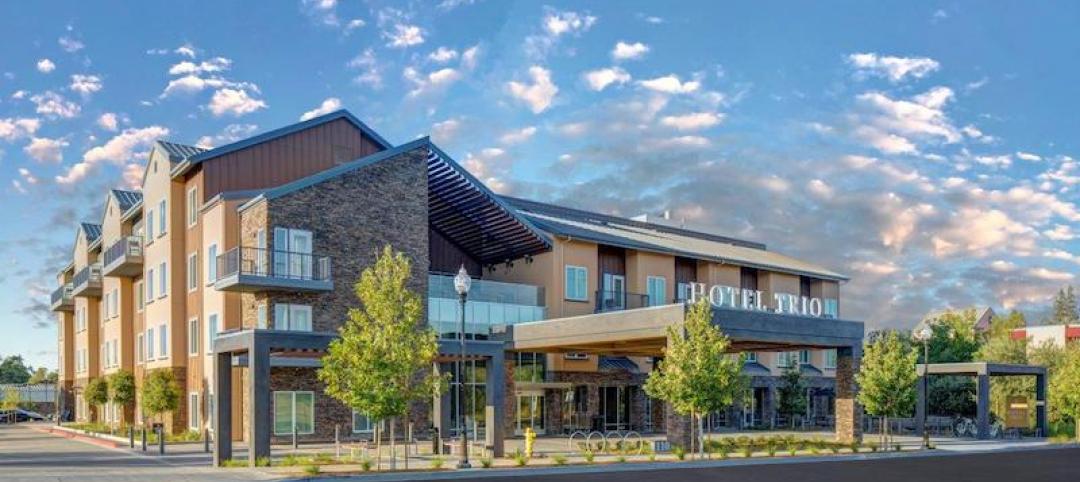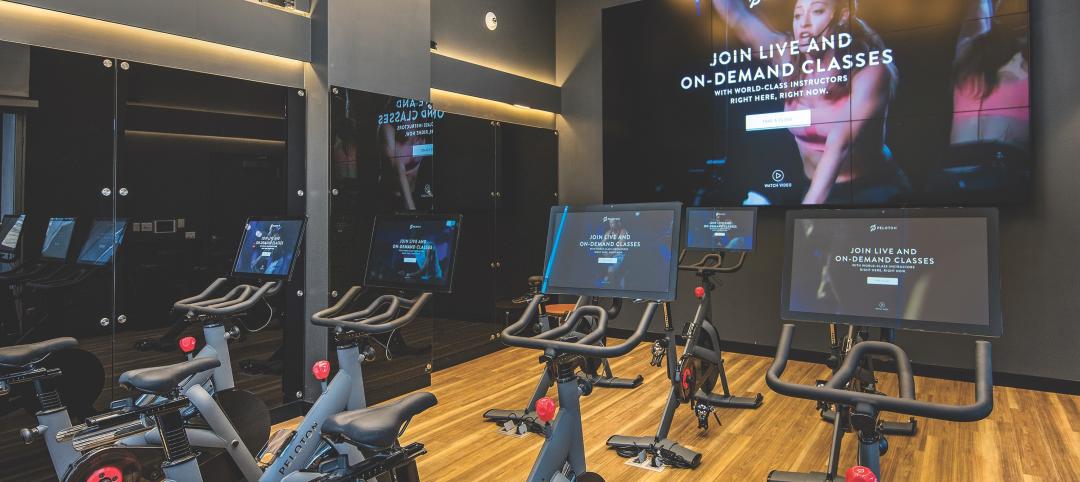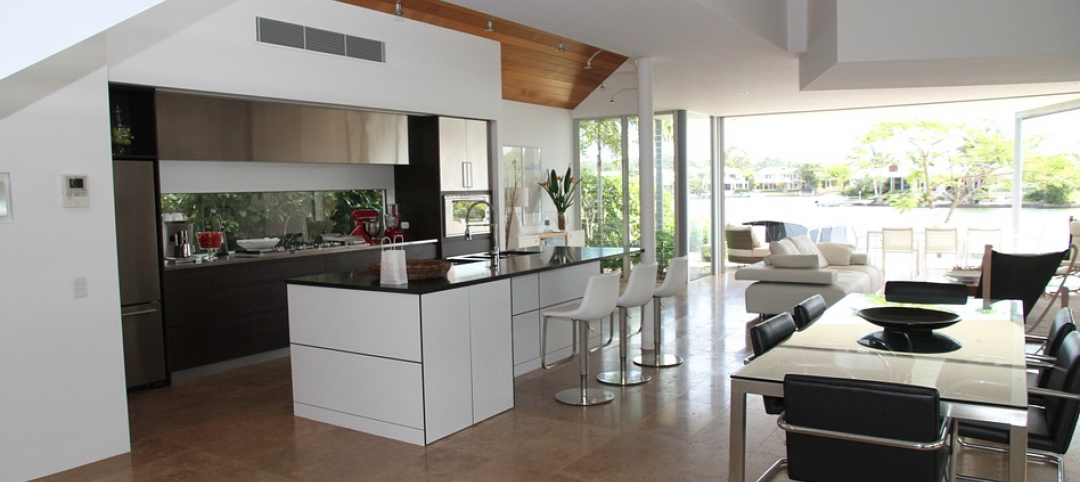Cities and suburbs all over the country face the same problem: not enough affordable housing for their own police, firefighters, EMTs, teachers, and lower-level administrative staff in schools and government agencies. C. Kat Grimsley, PhD, has a suggestion: If your school district is building a new school, build housing in the air space above it and put lower-paid public employees at the front of the line to live there, at subsidized rental rates.
Grimsley, who directs the master’s in real estate program at George Mason University, won a competition for best paper from RCLCO Real Estate Advisors for this idea. She tested her theory out using the third-largest school district in Virginia, Loudoun County, where the Area Median Income is $134,464, but where there’s a need for 10,000 affordable rental units for families.
Her scheme envisions a three-story concrete school at the base topped by a three-story wood-framed apartment building. (Such a configuration would meet most local fire codes for wood buildings.) This could yield 42 one-bedroom units (for, say, young single teachers or EMTs making almost nothing), and six each of two- and three-bedroom apartments for families, for a total of 54. The mix could be juggled depending on local needs.
There's a lot to like about this idea. First, land costs for the residential structure would go down to zero, or there could be some cost sharing with the school district. But still a bargain. The school district would already be paying to bring in utilities to the site, so that would be another savings for the apartment portion of the project. The scheme would also step around the “taking issue,” since any land that the school district acquired through eminent domain would be primarily for a public purpose (building the school), not a private one.
Parking could be shared. The school would get use of the parking lot from, say, 7 a.m. to 4 p.m. on school days; the residents could use it after 4 and at night.
Teachers could roll out of bed in the morning and take the elevator to school (there would be separate elevators and entrances for the school and residences). Police, firefighters, EMTs, and school maintenance staff could live in the same town where they work, instead of having to live in a more distant town where the housing is more reasonably priced.
Grimsley focused on using her scheme for new school construction, but the real payoff would come with using existing schools. Loudoun County, for example, has more than 90 education facilities for its 81,622 students. Building in the air rights over an active K-6 would be difficult to impossible, of course. But what about that ground-level parking lot? Could it be converted to structured parking (at school district cost) with housing above? That would be a piece of cake for any builder. School districts need to look into their real estate portfolios to see if there’s land on school properties that could be turned into housing.
Sure, Grimsley’s modest proposal needs more work, but something tells me there’s a brilliant idea here. Do you agree? Disagree? Send me your thoughts at the email below.
Related Stories
Mixed-Use | Oct 15, 2018
35-story mixed-use tower will be tallest residential building in Long Beach
Studio One Eleven designed the tower.
Multifamily Housing | Oct 10, 2018
Affordable treasures
This year’s prestigious Gold Nugget Awards honor four projects that provide affordably priced housing for homeless families, seniors, and veterans.
Multifamily Housing | Oct 9, 2018
Breaking new ground: The New Home Company
The company, which is headquartered in Aliso Viejo, Calif. relies heavily on focus groups and market research to understand buyer preferences specific to each new community.
Multifamily Housing | Oct 9, 2018
Bjarke Ingels Group creates 66 homes for low-income citizens in Copenhagen
The building is approximately 73,000 sf.
Mixed-Use | Oct 4, 2018
Four-story hotel and adjacent affordable housing community opens in California’s Sonoma County
Axis/GFA Architecture and Design was the architect for the project.
Multifamily Housing | Sep 25, 2018
Fitness centers go for wellness
Equipment choice, room size, program offerings—a lot of thinking has to go into creating a fitness facility that pays off in resident satisfaction.
Multifamily Housing | Sep 24, 2018
Topsy-turvy: Creative use of air rights results in a model of urban luxury design
Using bold cantilevering and imaginative structural design, ODA and its project team created a 12-story building whose massing grows in width as it steps upward.
Multifamily Housing | Sep 21, 2018
A place of ‘voluntary and cheerful resort’
A project team soldiers on in the wake of a nightmarish turn of events.
Multifamily Housing | Sep 19, 2018
Multifamily market trends 2018: What the experts are saying
The growth of keyless entry solutions and demand for oversized units are among the trends and ideas shared at Marcus & Millichap’s 2018 Multifamily Forum in Chicago.
Multifamily Housing | Aug 29, 2018
Brighton Marine is the largest veterans’ development constructed in Boston since World War II
The Architectural Team designed the project.

















